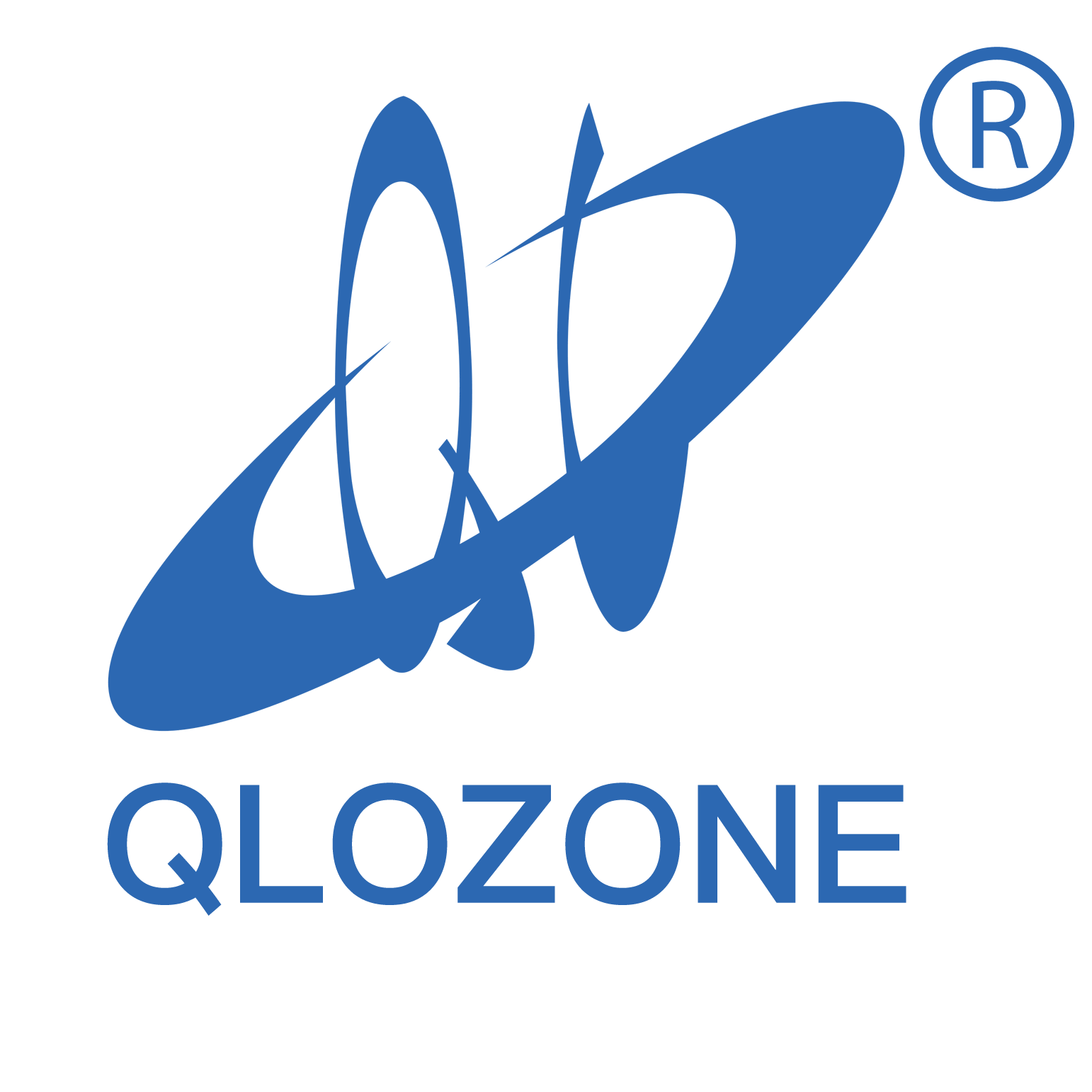Кристалл деген сұңқарлы қорығын, орында кой жабуыртқалары қуанышпен жүзін. Бұл - жақсы кой қорығы фильтрация жүйесінің таңғылы! Ол су ішінде тазартып, денсаулықты сақтайды, отбасы, шөп және зиянды токсиндерді алып тастайды. Оның жоқ болғанда, сіз қарақатты су, алгайыңыз мен стресске табыс ететін мақсаттармен кездесерсіз. Сіздің коилеріңіз бұлдан жақсырақ нәрсе қажет, дегенменме?
Қой құрылысы Фильтрация Жұмыс
Механикалық Фильтрация
Механикалық сүзгілеуді көлдің шаңсорғышы сияқты қарастырыңыз. Ол жапырақтар, балық қалдықтары және желмеген тағам сияқты физикалық қалдықтарды алып тастайды. Бұл бөлшектер суды тұманға айналдырып, егер оларды бақылауға алмасақ, жүйеңізге тосқауыл салады. Механикалық сүзгілер бұл қалдықтарды ұстауға экрандар, щеткалар немесе көбік қаптамалар қолданады. Жүйенің жұмыс істеуін қамтамасыз ету үшін оларды үнемі тазалау керек. Бұл қадам болмаса, тоғанның суы тез тұншығып кетеді.
Биологиялық Фильтрация
Бұл жерде ғылымның маңызы зор. Биологиялық сүзгілеу пайдалы бактерияларды пайдаланып аммиак пен нитриттер сияқты зиянды заттарды ыдыратады. Бұл уыттар балық қалдықтарынан және шіріп бара жатқан органикалық заттардан пайда болады. Бактериялар арнайы сүзгілер арқылы тіршілік етеді. Бұл судың сапасын сақтау және қойдың денсаулығын сақтау үшін өте маңызды. Сіз суды тазартудың табиғат әдісін еліктейсіз.
Ультрафиолеттік сүзгілеу
Жасыл, балдырларға толы сумен күрескен кездеріңіз болды ма? УФ-фильтрация - сіздің құпия қаруыңыз. Ол ультрафиолет сәулесін пайдаланып, балдырлар мен зиянды микроорганизмдерді жояды. Ультрафиолет сәулесі олардың ДНК-сын бұзады, бұл олардың көбеюіне кедергі келтіреді. Бұл судың тазалығын жақсартумен қатар, аурулардың қаупін азайтады. УФ-фильтрацияны механикалық және биологиялық жүйелермен біріктіру сізге толықтай кой көлінің фильтрациясын береді.
Кой көлінің сүзгілеу жүйелерінің түрлері
Ауырлықпен қоректендірілетін жүйелер
Жерді тартылыс арқылы қоректендіру жүйелері суды сүзгілеу процесінен өткізу үшін оның тартылысына сүйенеді. Су су қоймадан сүзгі камерасына ағып, онда қалдықтар мен қалдықтар шығарылады. Бұл жүйелер үлкен тоғандар үшін өте қолайлы, өйткені олар судың көп көлемін тиімді пайдаланады. Олар көбінесе ауыр қалдықтардың түбінде түсіп, тазалауды жеңілдететін қоқыс бөлмелерін қамтиды. Алайда оларды орнату кезінде мұқият жоспарлау қажет, өйткені оларды дұрыс биіктікте орналастыру керек. Егер сіз тоғанды нөлден бастап салып жатқан болсаңыз, бұл жүйе өте жақсы таңдау болуы мүмкін.
Қысымды жүйелер
Қысымды жүйелер шағын және көптарапты. Олар суды сүзгі арқылы түрткілеу үшін сорғыны пайдаланады, яғни оларды жердің үстінде немесе астында орналастыра аласыз. Бұл жүйелер шағын көлдер немесе кеңістігі шектеулі қондырғылар үшін өте қолайлы. Оларды орнату және ұстау да оңай, сондықтан олар жаңадан бастаушылар үшін танымал. Көптеген қысымды жүйелер ұшқынсыз сүзгімен жабдықталған, бұл сізге таза су үшін екі-бірлік шешім береді. Егер ыңғайлылық сіздің басымдығыңыз болса, бұл сізге арналған жүйе болуы мүмкін.
Комбинациялық жүйелер
Комбинациялық жүйелер екі әлемнің ең жақсысын әкеледі. Олар жоғары тиімді сүзгілеу жүйесін құру үшін гравитациямен қоректендірілген және қысыммен жабдықталған компоненттерді біріктіреді. Бұл жүйелер әр түрлі және әр түрлі көлемдегі тоғандармен жұмыс істей алады. Олар судың сапасына ерекше назар аудару қажет болған, көп жинақталған Koi көлдерінде әсіресе пайдалы. Олардың бастапқы құны көп болса да, олардың тиімділігі мен икемділігі оларды қарастыруға тұрарлық етеді. Егер сіз өз балықтарыңыз үшін мықты шешім алғыңыз келсе, комбинациялық жүйе сізді алдамайды.
Қойы көлдің дұрыс сүзгі жүйесін таңдау
Тасқынды көлемі және малдың саны
Бастапқыда көлдің көлемін және қанша қой ұстауға ниет білдіргеніңізді қарастырыңыз. Балық көп көлдер көбірек қалдықтар шығарады, сондықтан олар жүкпен күресуге қабілетті сүзгілеу жүйесі қажет. Кішкентай, жеңіл көлмен жабдықталған көлшік қысыммен жұмыс істеуі мүмкін. Үлкен көлдер немесе көп коі бар көлдер үшін гравитациямен қоректендірілген немесе біріктірілген жүйе жақсы жұмыс істейді. Жүйенің ағыны мен сыйымдылығын әрқашан тексеріп, оның су қоймасының талаптарына сай келетінін тексеріңіз. Фильтрді тым жүктеу судың сапасының нашарлауына және балықтардың стресске ұшырауына әкеледі.
Бюджет мәселелері
Сіздің бюджетіңіз шешім қабылдауда үлкен рөл атқарады. Сүзгілеу жүйелері арзаннан жоғары деңгейдегі құрылғыларға дейін. Қысыммен жұмыс істейтін жүйелер әдетте бюджетке қолайлы және кіші көлдер үшін өте жақсы. Ауырлықпен қоректендірілген және біріктірілген жүйелер бастапқыда қымбат, бірақ үлкен тоғандарда жақсы жұмыс істейді. Электр энергиясы, қосалқы бөлшектер және техникалық қызмет сияқты ағымдағы шығындарды есепке алуды ұмытпаңыз. Қазір сапалы жүйеге инвестиция салу ақшаны және кейін ауырсынуды үнемдейді.
Кой көлінің сүзгісі үшін техникалық қызмет көрсету кеңестері
Тұрақты тазалау және тексеру
Сіздің сүзгі жүйесіңіз тоғанды таза ұстау үшін көп жұмыс істейді, сондықтан ол біршама қамқорлыққа лайық. Фильтрлерді апта сайын қалдықтар жиналып жатқан-жоқтығын тексеріңіз. Жапырақтар, балдырлар және балық қалдықтары жүйеге толып, оның тиімділігін төмендетеді. Көрінетін қалдықтарды алып тастаңыз және көбік шүберектері немесе щеткалар сияқты механикалық сүзгі компоненттерін көл суымен шайыңыз. Құдықтың суын пайдаланудан аулақ болыңыз ол су қоймасына қажетті пайдалы бактерияларды өлтіреді. Тазалау кезінде жүйені тексеріп, тозуын тексеріңіз. Жарық, саңылау немесе ерекше дыбыстар болса, проблема бар екенін байқаңыз.
Сүзгілеу құралдарын ауыстыру
Сүзгілеу құралдары мәңгілік болмайды. Уақыт өте келе ол қалдықтарды ұстап қалу қабілетін жоғалтады немесе пайдалы бактерияларды қолдамайды. Қай уақытта ауыстыру керектігін білу үшін өндірушінің нұсқауларын қараңыз. Биологиялық сүзгілер әдетте механикалық сүзгілерге қарағанда ұзаққа созылады, бірақ екеуіне де назар аудару қажет. Медианы ауыстырған кезде бірден бәрін алмастырмаңыз. Судың сапасы сақталуы үшін өте маңызды бактериялар қонысының сақталуына біртіндеп өзгерістер ықпал етеді.
Кой көлінің сүзгісі - сау көлдің арқауы. Бұл суды таза, қойыңызды бақытты және экожүйені тепе-тең ұстайды. Құдықтың көлеміне, бюджетіне және күтіп ұстау қажеттіліктеріне сай келетін жүйе таңдаңыз. Орнатылғаннан кейін, оны үнемі күтіп тұрыңыз. Жақсы дайындалып, аздап күш салсаң, кірпіш балығың мөлдір жұмақта өседі.

